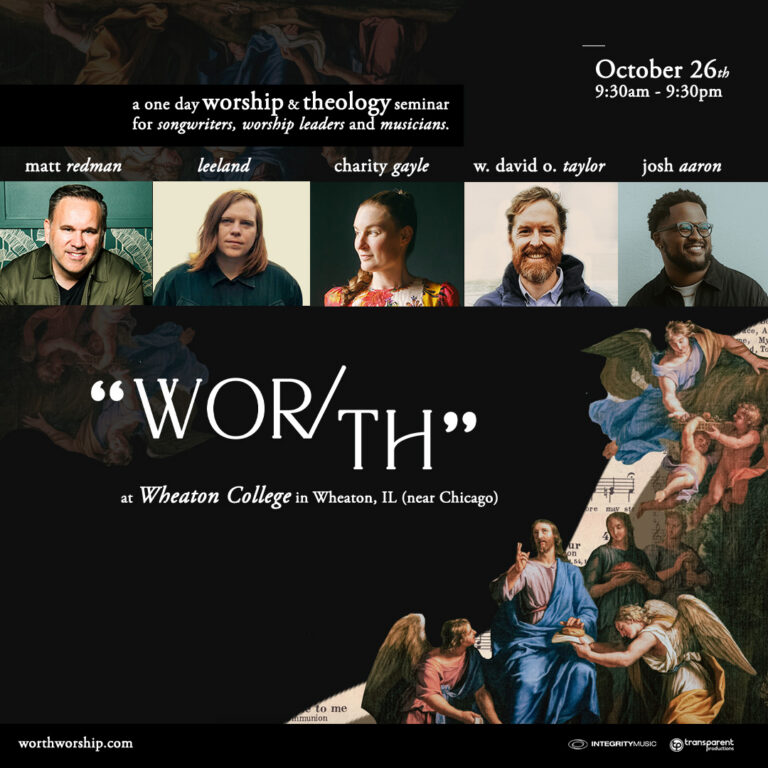By: Feranmi Taiwo
Australia made space history last last month when a homemade rocket launched into the sky, only to come crashing back down seconds later.
But don’t call it a failure. In the world of space exploration, even a short flight can mean a giant leap.
At the same time, astronomers have solved a century-old mystery about one of the night sky’s brightest stars. It turns out, Betelgeuse is not alone.
Matt Woods, from Perth Observatory, breaks it all down.
A Rocket, A Crash, and a Big Win for Australia
Gilmore Space Technologies became the first Australian company to launch a locally built rocket. Called Ares, the test flight on July 30 marked a major milestone in our space journey.
The rocket lifted off and hovered for 14 seconds before its engines failed. It then plummeted back to Earth and exploded.
Sounds disappointing? Actually, it’s pretty normal.
“Even SpaceX had multiple rockets blow up before one finally worked,” Matt explained. “Failure is part of the process.”
In fact, SpaceX’s Falcon 1 failed four times. On the fifth and final attempt, when their funding was nearly gone, it finally flew. That success made way for the Falcon 9, now a staple of commercial spaceflight.
What Went Wrong?
The Gilmore team suspects a power failure, but the investigation is ongoing. Interestingly, it took 18 months to get approval for the launch, quick, by government standards.
Still, this wasn’t just about the rocket. It was about proving Australia can build and launch its own spacecraft. That’s a huge step for our sovereign space capabilities.
Why Is Australia Launching Rockets?
Ares was aiming for the low-Earth orbit market, think satellites and short missions, not moon landings. This was a suborbital test, designed to go up and come back down. It succeeded in that goal, just not as high as hoped.
And here’s the exciting part: Australia is actually a great place to launch rockets.
We’re close to the equator, have stable geology, and low political risk. That makes us ideal for spaceports. Add in growing public interest and investment, and we’re looking at a booming space industry.
The Star Called Betelgeuse
While rockets were blowing up on Earth, astronomers were solving a mystery in the sky.
Meet Betelgeuse, one of the brightest stars visible at night. For over 100 years, scientists believed it might have a companion star, but they could never prove it, until now.
Using the Gemini North Telescope in Hawaii, a NASA team finally spotted it. The companion star, newly named “Kelu”, sits right near Betelgeuse’s outer edge.
“It’s amazing they found it,” Matt said. “Especially with how close it orbits.”
The name Kelu means “her bracelet” in Arabic, keeping with Betelgeuse’s name, which translates to “the hand of the giant.” It’s a poetic nod to the tradition of naming celestial objects with meaning and care.
What Does a Companion Star Do?
In this case, not much, except confirm a century’s worth of suspicion.
Still, the discovery is important. It proves that ground-based telescopes using advanced techniques like speckle imaging can detect faint stars near bright ones. That’s a big deal for future space observation.
Is Betelgeuse Going to Explode?
Eventually, yes.
Betelgeuse is a red supergiant, which means it’s in the final stage of its life. It’s burned through its hydrogen and will soon run out of fuel entirely.
“Think of stars like cars,” Matt explained. “The bigger they are, the faster they burn through fuel.”
While small stars like red dwarfs live for billions of years, giants like Betelgeuse last only tens of millions. Once it runs out of energy, Betelgeuse will collapse and explode in a massive supernova.
Don’t worry, though. Astronomers estimate that won’t happen for at least another 100,000 years.
But when it does, we’ll see it. The explosion will be so bright, it could be visible from Earth in the daytime.
Space Is Closer Than You Think
From local rocket launches to ancient stars nearing their end, space isn’t just out there it’s happening now. Whether it’s a cocky chewing on a fuel line or scientists spotting a faint companion star, these stories show us just how active, surprising, and exciting space really is.
Article supplied with thanks to Sonshine.
Feature image: Canva





